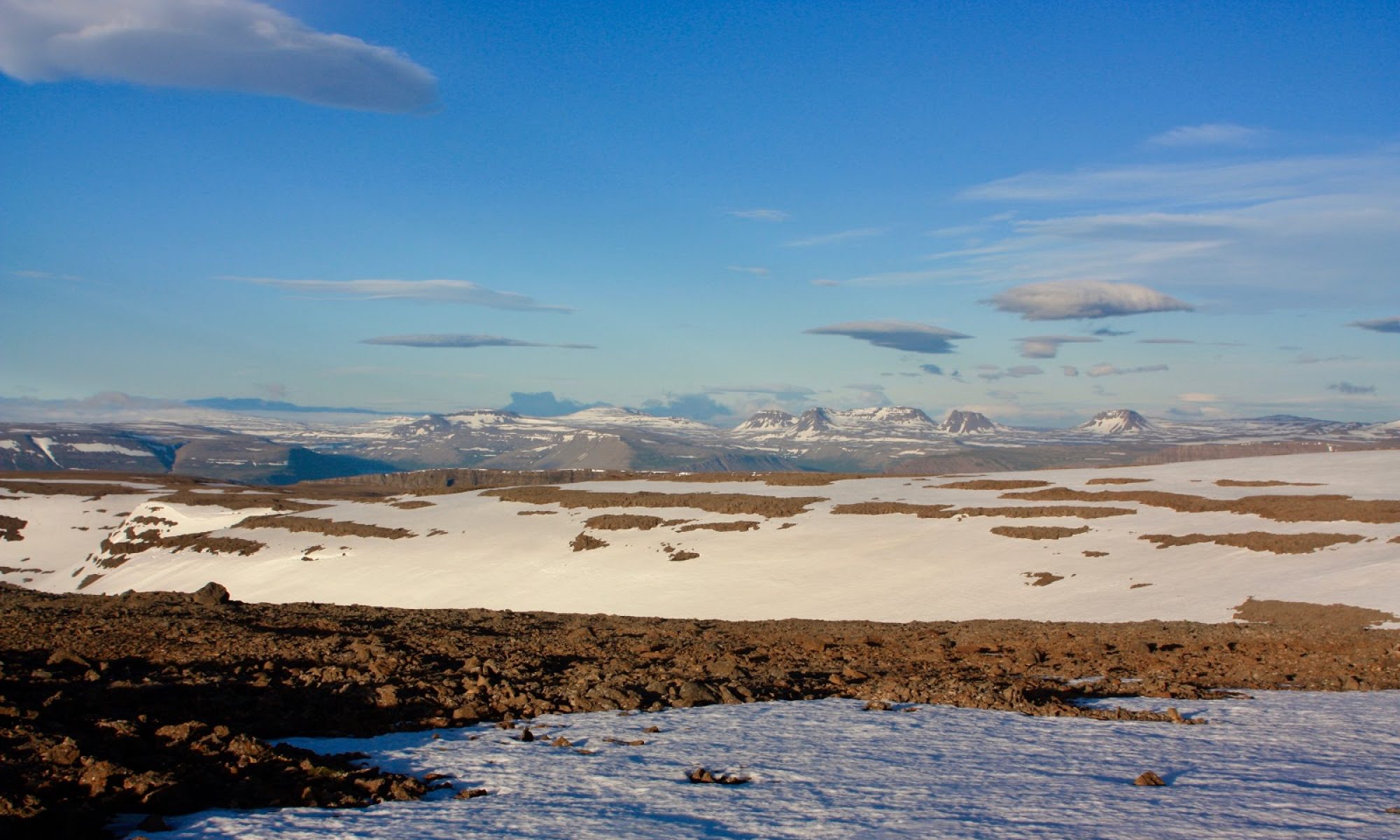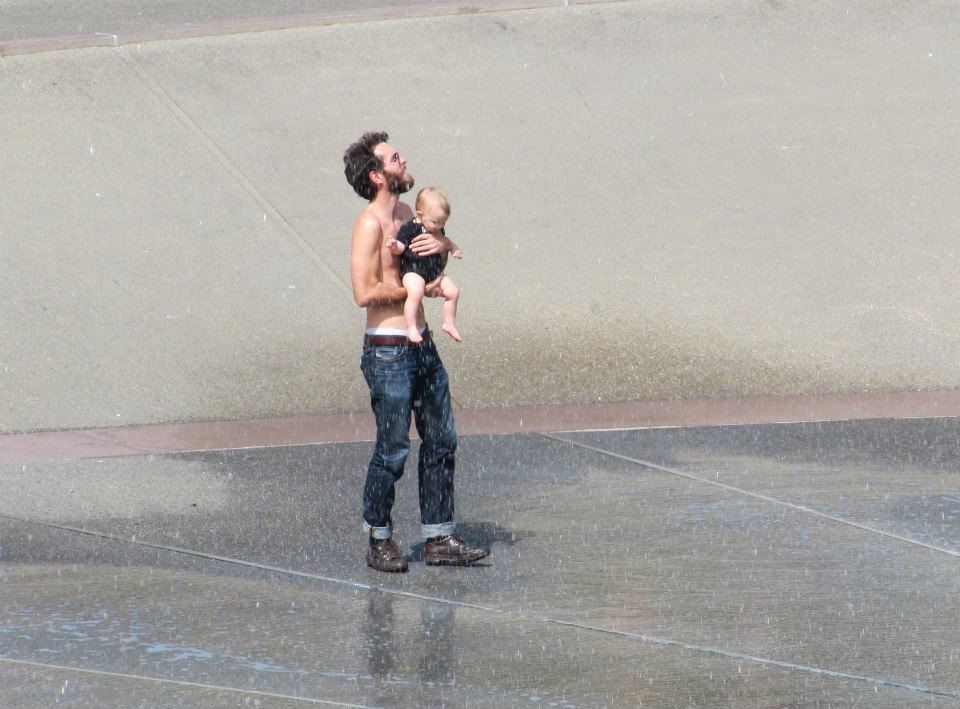
For a dozen years, I’ve been sharing essays with my friends on Facebook. A few of those essays have ended up in books, although for the most part, they are shorter, rougher, and more casual than essays destined for publication.
I never expected these essays to make it into print, but I did intend them to remain available to anyone who wished to read them. When Facebook discontinued their Notes application, the essays faded into oblivion.
Which is a suitable destination for some of them. However, there are a few I’d like to resurrect. One of the reasons I decided to start a blog was to put these essays into an easily accessible place, where they could be kept for as long as I wish to keep them.
And so, for a while, I will intersperse new blog entries with things that were written in the past few years. In choosing which ones to resurrect, I will be guided by a simple test: Which ones still feel relevant in my life? Which ones still speak to my spirit?
Maybe some old essays will find new readers. The first one I’ve chosen is a short piece, written in May, 2018, a day after I attended a music festival in Seattle. The festival was Folklife, which is an outdoor three-day extravaganza of mostly acoustic music.
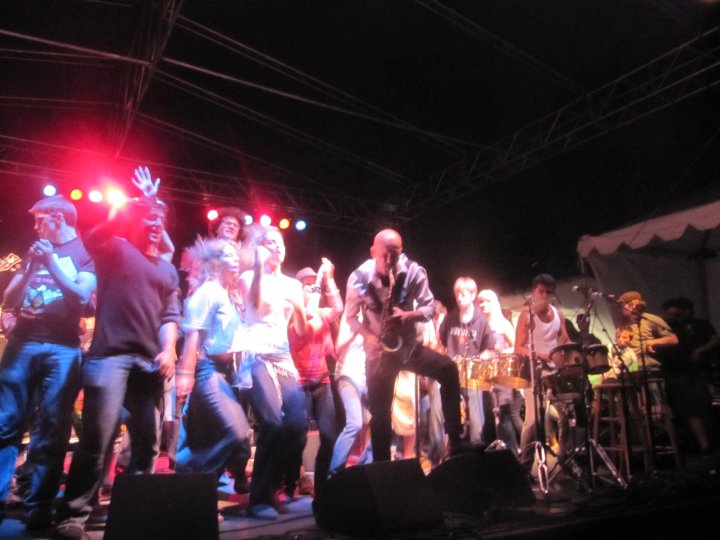
I’m not much of a “city” kind of guy, but this is a love letter to my city. When I first moved here, in 1994, I was a reluctant resident. What won me over? Many things, but foremost among them was the spirit—made manifest in music—illustrated in this memory.
The original title of this piece was a four-letter acronym that is common on red hats. It was tongue-in-cheek, of course. I wanted to bear my own testimony about what could make America great—if only we allowed it to. Even so, I found that the sound of it in my ears was grating. As it is, I don’t know what to call it. For the time being, I’ll just treat it like a journal entry about a good day.
The photos that I’ve included here were taken on a different occasion, as I didn’t have a camera on the day I’m writing about. But the music festivals all run together in my mind. The place is the same, the fountain is the same, and the spirit is the same.
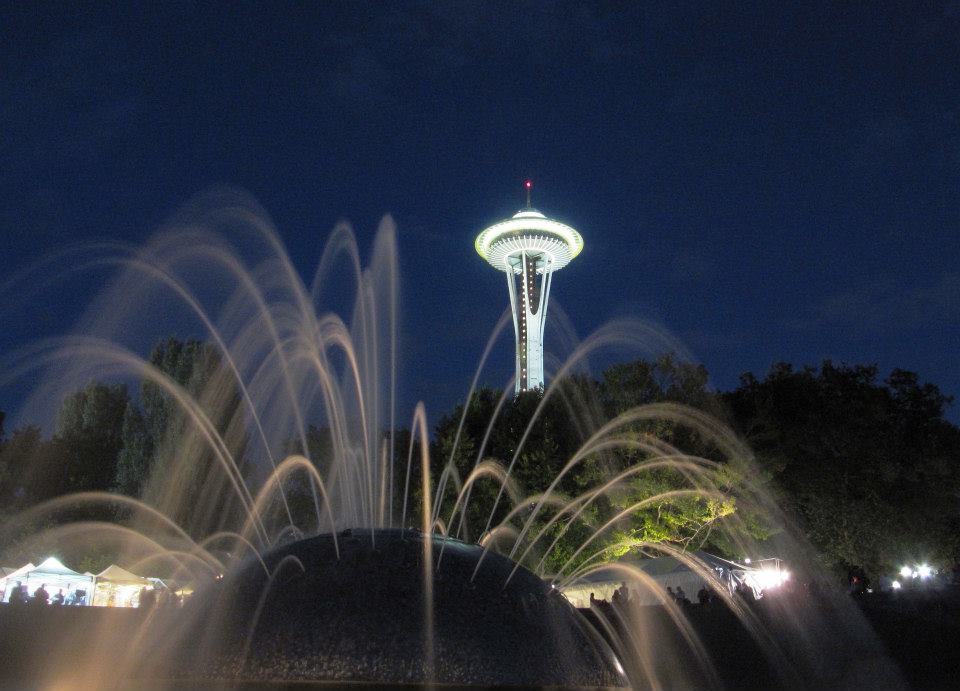
So here’s my testimony about Memorial Day, 2018:
I went to the Folklife music festival yesterday, and I regret that I didn’t take a camera. If I could share pictures, maybe I’d start with the guy who tossed playing cards into the air one at a time, and then cut them crisply in two with a whip. That was great.
Or maybe I’d start with a picture of the accordion player who in his style and technique reminded me of Steve Willis, except that Steve does not have the head of a cat, and this guy did.
But I didn’t have a camera, which was fine. It allowed me to just be fully in the moment, without trying to frame little snippets of life—which, of course, chops life into little snippets, rather than letting it unwind gracefully and coherently. What I have to offer instead of photos is word snippets.
Let me start by saying I’m sorry. To whom? To my friends at work, because this past week I subjected them to a rant about how Bumbershoot used to be the coolest music festival (maybe) in the country if not on earth, and now it sucks sucks sucks.
Although I still hold that opinion, I may have given my co-workers the impression that I am a grump and that Seattle used to be, but is no longer, cool. So I’m sorry for being such a curmudgeon.
It is true that lately I’ve been avoiding people in favor of bees and dogs, which are altogether more sensible and well-behaved. But today, I ventured into the world of people. I went to Seattle’s other music festival, Folklife—the one that is still free, so that poor people can enjoy live music too.
I went because Leann was working at a booth for Music For Life, an awesome organization that takes donated band and orchestra instruments and gives them to kids who can’t afford instruments. While Leann did her good deeds, I wandered around and remembered some of the reasons I love Seattle.
I don’t often talk about the city because crowds are too… well… crowded for me. I more often praise the wild places of the northwest, the glaciers and rocky crags and rushing waters and behemoth trees. But it was a good thing for me to be at Folklife on this day.
It was good to be in the city. It restored something in me that has been, for the past year or so, wilting. Call it, maybe, a communal spirit. Neighborliness. I don’t know what to call it. Anyway, before I get too philosophical, here are some snippets of the day:
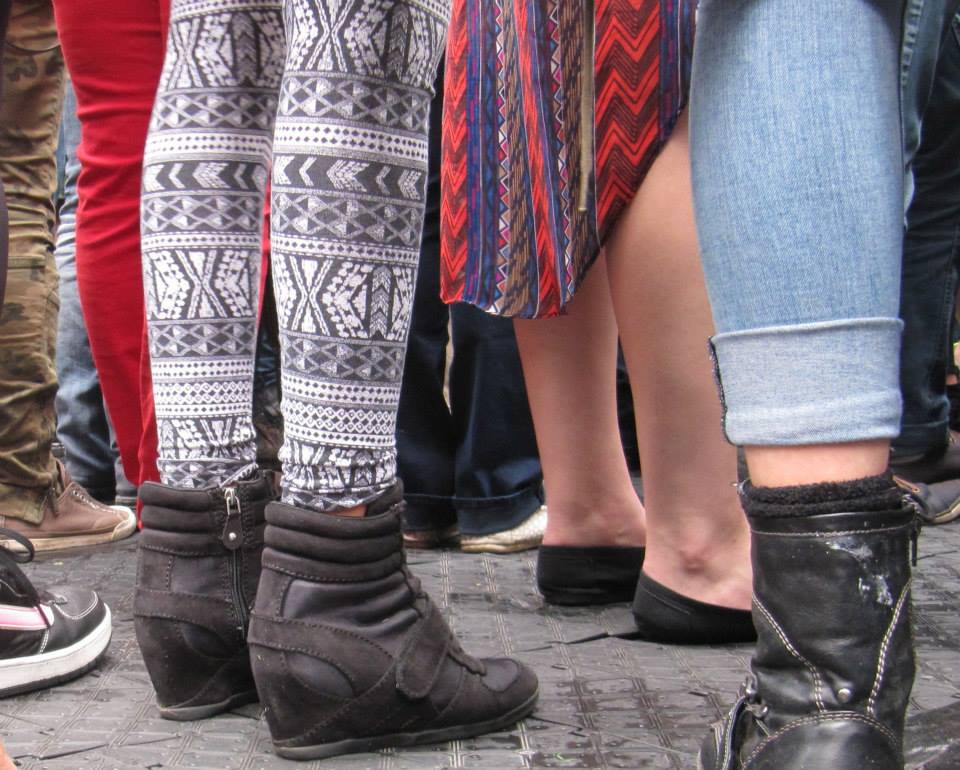
The weather was spot-on perfect. Imagine if you were a spring flower and could order the best growing conditions possible: A high of about 70 degrees, sunny, slight breeze through the maples. I arrived before any music started, so I checked out the booths. At a native arts booth, I admired some really fine Zuni needlepoint jewelry.
This led me to have a long chat with the vendor, an elderly Zuni man. Turned out he grew up in Zuni, and remembered my dad from his high school days! We talked about Shalako, running the mile, and ice-fishing at Wheatfields Lake.
Like me, he has lived in the northwest for a long time now, so we also talked about salmon bakes and canoe trips and the native cultures of the northwest. It is possible to have more than one place be your home, deep in your bones.
At eleven o’clock, the music started. Right off the bat, there were tubas! I was blessed by tubas, in multiple places: One, right by the booth, playing unlikely duets with a clarinet. Another held up the low end of a Dixieland band.
Next, I heard a bagpipe and drum band all made up of kids from about 10 to 18—in kilts and full Highlander regalia. Their playing was powerful, confident, and perfectly in-tune. No sick bleating sheep here! The drummers twirled their mallets in perfect unison.
Soon there was music everywhere, mostly acoustic music, music of the breath and of the fingers, music swirling and blending in the air: boogie-woogie, samba, western swing, old-timey hillbilly music (including a jug band), soulful blues, Japanese taiko drumming, brassy big-band jazz, klezmer clarinets, a Slavic women’s chorus, mariachi bands, hula dancers. You name it.

The spirit of music infused the air in other ways, too. At my wife’s booth, generous people donated musical instruments. One teenaged girl came by and offered a thank-you: turned out she’d been playing a donated instrument throughout her high school years. Another kid came by and said, “The saxophone saved my life.”
As the crowds grew, buskers proliferated. One of the reasons Bumbershoot is not as good as it used to be is that in recent years they have prohibited buskers, which seem to me to be the heart and soul of a good festival. But buskers are alive and well at Folklife, and they were in force yesterday, beginning with the cat-headed accordionist.
There were bagpipers and vigorous drummers from Zimbabwe, right next to each other. You might not expect that to work, but strangely enough—it sounded pretty cool. Some high school kids (and younger), trying out their chops. Some were very good, and some were on a long road towards becoming good.
Some kids were tap dancing for change. Other kids dancing just for the hell of it. All of them filled with spirit and joy. Tiny people too young to do what we call dancing, but bobbing to the music. The ever-present barefoot girls with waving hands and bangles.
There was a guy playing a didjeridoo as long as a canoe. A woman shook a rain stick adorned with skulls. (Not real skulls.) There were plenty of the instruments people tend to make jokes about—accordions, banjos, bagpipes—all played with precision and panache and fierce devotion.
The best busker of the day was a guy playing steel harp and bass drum. (Must have had the toughest hands in the world.) I didn’t know what a steel harp was, until yesterday. A steel harp sounds like a steel drum, and looks like a space ship from a cheesy 1950’s sci-fi movie.
And then, of course, there was the fountain—which on a day like yesterday seems to be the spiritual heart of this city I call home. The fountain that is like a great eye staring up at the sky. In the fountain, soaking wet and more than half-way to naked, beautiful brown and white and black children squealing with glee.

A band on the fountain lawn played zydeco. The singer sang about finding what he needed “in his girlfriend’s drawers,” which was, yes, possibly offensive but also funny and no one in this city of snowflakes seemed to mind.
The biggest and most enthusiastic crowd of the day was at the mariachi concert. It was especially gratifying to me—given the poisonous politics of our time, when our leaders encourage us to feel fear and contempt toward our brothers and sisters south of the border—to see the proud and joyous celebration of Mexican culture and music.
The only street entertainer not making any money seemed to be a guy who was offering compliments for a dollar. No one was mean to him—they just weren’t going to pay for something that should be free and genuine. He’ll have to come up with something better for next year.

The air was filled with the mingled aromas of grilled salmon, Lebanese food, Thai food, and marijuana. There was a guy wearing angel wings and someone in an iguana suit. All kinds of dancing: Thai, Hungarian, Indian, Celtic. People celebrating cultures without denigrating anyone else’s culture. Beautiful people of every race, ethnicity, religion, sexual orientation, style of dress—all digging the music. Dancing in the grass. Not afraid.
I’ll say that last part again: Not afraid. Included and welcome. Part of the community. A bearded guy was rocking an elegant pink dress. Not the least bit ashamed to wear it, and not afraid to be exactly who he is. He recognized a middle-aged lady who looked like she’d be at home at a Lutheran bible study, and they gave each other an exuberant hug.
